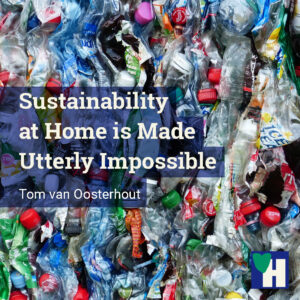
Sustainability at home is not just a major challenge. It is utterly impossible. Governments do not offer any serious support and the industry doesn’t care. This means that serious sustainability at home is our own responsibility and a daytime job when you take it very seriously, as we do.
To illustrate my point, I start from the 5 sustainability principles: refuse, reduce, reuse, recycle and rot. These 5 principles give us at least some guidance when deciding on what is sustainability at home and what is not. When we apply these principles consistently, they are supposed to support a more sustainable lifestyle.
To refuse goods and services is utterly impossible. For example, how can we, in Europe where all networks are connected, refuse electricity from providers which use fossil fuels or nuclear fuel? How can we reduce the use of polluted water when no alternatives are available? These are just 2 examples. Many more will follow.
Related: Sustainable Living Ideas – Pick 1 or 2 and Start Living Green
Some of the links are affiliate links. As an affiliate associate, we earn a commission when you purchase any of the products offered through the shared links at no extra cost for you. This helps us maintain this website.
Table of contents
Sustainability at home
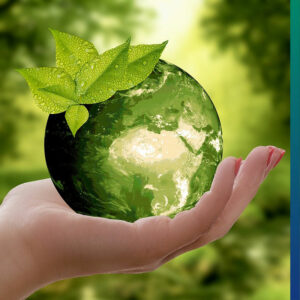
The 5 sustainability principles refer to the choices we can make ourselves. However, what types of support do governments and manufacturers provide us when we want sustainability at home?
Let’s first assume that they cannot cover every risk or eventuality. Although that would be nice, it would probably also make life impossible. For governments and the manufacturers, but also for us.
Because of this, and to make this article more accessible, which means more supportive to your needs, I will stick to public information sources that are available to us, and which might support us to assess what sustainability at home means to us.
There are several such supportive public information tools. For example, ecolabels, recycling codes, and energy labels. However, none of them appears to be very supportive.
The Ecolabel Paradox

There are about 450 active ecolabels in 199 countries and 25 industrial sectors. Fortunately, most of us only live in one country. Ecolabels are used for food and consumer products. The choice to use the European Ecolabel is voluntary. The criteria for the label are agreed upon by the industry, non-governmental organizations (NGO’s), experts, and consumer organizations.
The label is only awarded when certain standards are applied. Following a specific standard entitles a manufacturer or distributor to use a specific certificate. For us, the best-known certificate is the ecolabel for organic food, such as fruits and vegetables.

Taking a closer look at the ecolabel for organic food, pretty soon something very odd springs to our minds. A farmer can use artificial fertilizers to give a boost to the already dead soil, poison the trees and plants to kill insects, use even more poison to kill weeds, then add even more unknown junk to the food we eat, and no label is required to warn us of these practices.
On the other hand, a farmer who grows food without pesticides and artificial fertilizers must meet strict standards and pay a lot of money to use the ecolabel and thus prove that his food is free of harmful substances.
This is what we call The Ecolabel Paradox. And there are many more of such paradoxes when it comes to the so-called support governments and manufacturers give to consumers. As long as these paradoxes exist, sustainability in the home is a fairy tale.
Related: What is Sustainability in Food and How can we Achieve it?
Stop Sleeping Around
A couple of days ago we started to inform ourselves about new mattresses. Fortunately, most retailers selling mattresses accept our old mattresses. Even though it will cost us extra. Moreover, it is totally unclear what will happen with it.
No mattress comes with an expiration date or an indication of whether and how it can be recycled. Okay. We like organic and natural products. Most good mattresses use latex, which is good because this is a natural product.
Good mattresses also come in many layers. This is to prevent moisture from affecting the latex, give us more comfort, and healthily support our bodies. Up until now, from the many mattresses, we have seen just one that uses a cover of organic cotton.
Based on the very limited data available I estimate that each year at least 50 million mattresses and 50 million box springs are discarded. The industry claims that over 95% of the raw materials mattresses and box springs are made of are recyclable. If this is true, this is good. How consistent mattresses and box springs are recycled is unclear. For the US the estimate is 75%.
Not only do recycling capabilities define sustainability, the lifespan of products is also of significance. This is why the industry’s Better Sleep Council (BSC) in the US, started a campaign called Stop Sleeping Around. This campaign is not aimed at what most people at first glance might think.
The campaign aims to persuade people to buy new mattresses every 7 to 9 years. Even though good mattresses come with a guarantee of 10, and some even of 20 years.
The campaign was designed because the BSC discovered that many people sleep on the couch, a chair, or even on the floor when their beds are no longer comfortable enough. Instead of producing mattresses with a longer lifespan, the industry only thought it would be better when people bought more mattresses.
Recycling Codes are not recycling codes
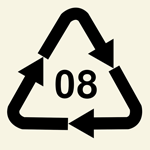
Far more complicated are recycling codes. Predominantly because when products are equipped with a recycling code, this does not mean that the product can be recycled. A recycling code only indicates what the product is made of.
Different countries use different recycling codes. There are recycling codes for batteries, organic material, glass, metals, paper, and plastics. The European Commission developed 98 different recycling codes. There are also 140 Chinese codes for plastics.
Battery recycling: a death trap
Batteries are widely used domestically. Battery recycling codes are numbered 8 through 14. Most classic car batteries have the number 8, which indicates a lead-acid battery (nearly 90% recycled). Cellphones, laptops, and camera batteries are lithium batteries, which can be recognized by the recycling code 12. Flashlight batteries are either alkaline or zinc-carbon batteries, respectively carrying numbers 9 or 14.
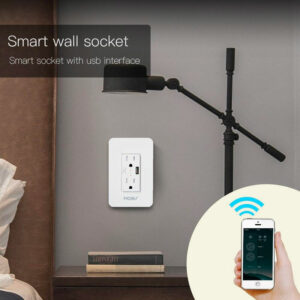
All batteries contain heavy metals and toxic chemicals. Both contribute substantially to the pollution of the soil and water. Lead-acid battery recycling is globally the most deadly industrial process. Guidelines for recycling batteries differ from country to country.
The significance of battery recycling can be illustrated with the growth of the gigawatt-hours batteries produce. In 2018 this was estimated at 180 GWh. In 2030 the demand is estimated at 2600 – 3500 GWh. This growth must predominantly be attributed to the outsourcing of fossil fuels, by the rise of hybrid and electric cars.
The Sustainability Ceiling
In the United States, since 1987 manufacturers are required to reduce the energy consumption of domestic appliances by 25% every 5 years. This is a way to avoid the so-called sustainability ceiling.
What is the sustainability ceiling? Take for example the European Union Energy Label for refrigerators. The label used letters for specific types of energy efficiency. The most energy-efficient is A+++, the least energy efficient is indicated by the letter D.
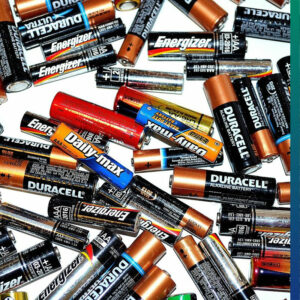
Driven by consumer wishes and, hopefully, a growing awareness of the need for more sustainability, manufacturers, more and more, made domestic appliances that conformed with the top of the list. A+ and A+++ are now fairly common indications for the energy levels of refrigerators.
However, manufacturers stopped developing new and more energy-efficient refrigerators because they assumed that what they did was enough. They reached the so-called sustainability ceiling and felt no need to innovate.
This is why this year the European Union Energy Label has changed (again). From now on only the letters A – G will be used. The criteria are also tightened, which means that very few refrigerators with an A, B, or C label will be found in the shops in the coming years.
Again, we as consumers are left in the dark and totally on our own. All these labels and codes actually do not support us. They only complicate life. Nobody is able to understand them anymore. Moreover, without these labels and codes, we all would be worse off. Which should genuinely make us consider whether sustainability at home will ever be possible.
Do you know any other labels and codes that are supposed to support sustainability at home? Please tell us in the comment box.
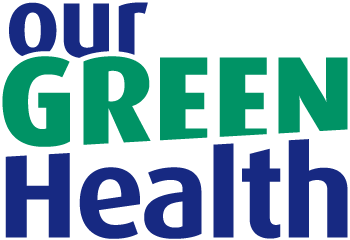
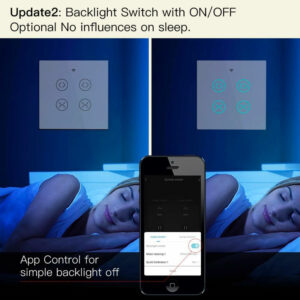
It’s like things are getting worse as time goes by… Instead of making things easier and easier they overcomplicate it. I always recycle, use my own shopping tite and produce bags, buy in bulk whenever possible but if you compare this to the insane volume of plastic produced – out of which a very small percentage is actually recyclable – it kinda gets you down…
Hi Morgan,
Thank you for your comment. I’m sorry our messages are often peppered with negative news, which indeed might get you down.
However, you at least don’t ignore the message. You already try to contribute to a better and more sustainable world. For which you must be complimented. Please, keep up the good work.
What is uplifting, is that more and more people are getting aware they need to contribute as well. This morning we learned that a petition to the national government here in Spain, to safeguard one of Spains’ most important lagune lakes, almost reached its goal of 500.000 signatures. This goal was reached in a couple of weeks. Heartwarming.
Something is definitely changing for the better.
Stay safe, stay healthy.
Regards,
Tom